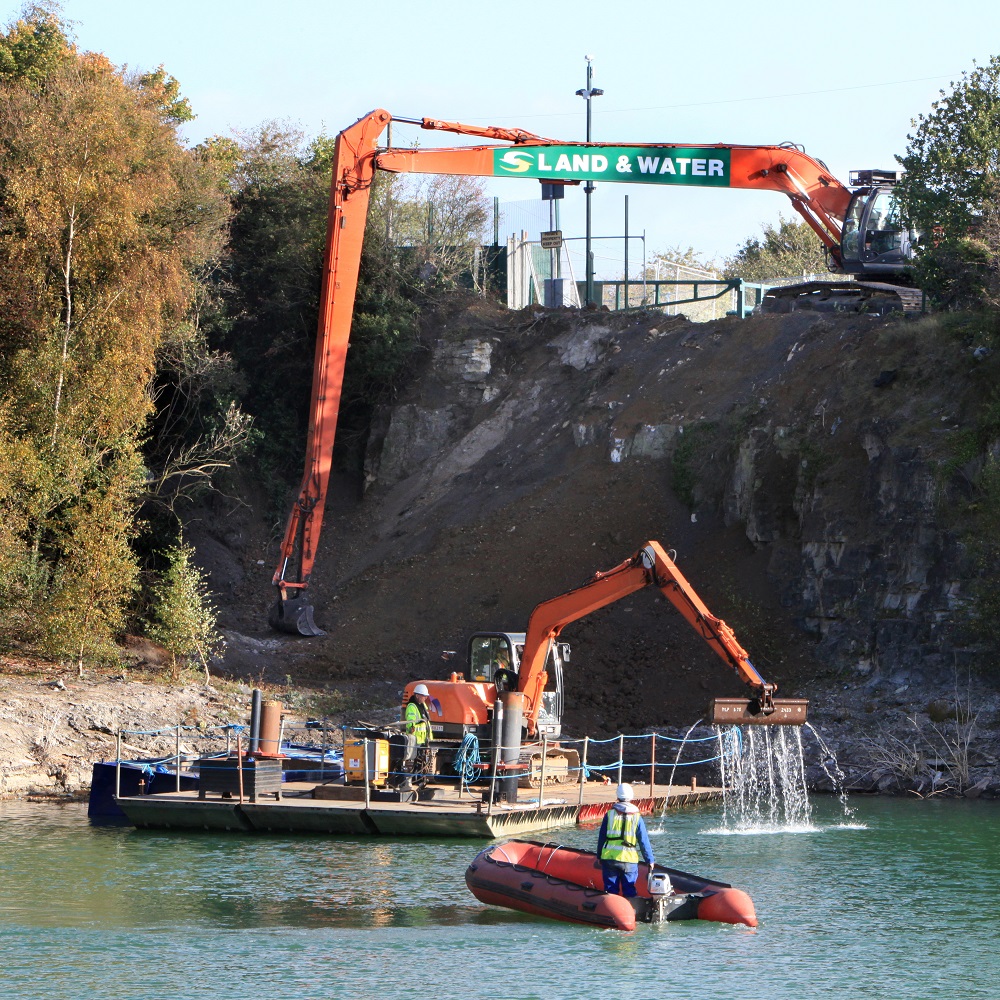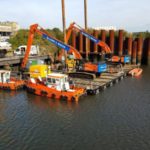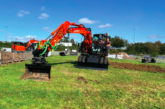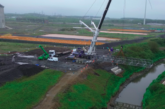Leading wet civil engineering firm Land & Water has switched to using 100% HVO fuel in all of its projects as part of its commitment towards reducing its carbon footprint. The UK SME is also aiming to become Carbon Net Zero by 2030.
This forward-thinking and innovative change has been driven by a recent internal carbon footprint assessment which showed that gas oil represents almost 75% of Land & Water’s Scope 1 and Scope 2 carbon emissions. Not only this, but with the construction industry contributing around 40% of the UK’s total carbon footprint, Land & Water aims to be part of the solution to drive the sector in to a more sustainable mindset.
With the red diesel rebate ending in April next year, there has been a lack of clear direction from the Government on how to manage the switch to lower carbon alternatives, coupled with the absence of financial incentive. HVO fuel presents the civil engineering and construction industries with a lower carbon alternative that is both cost effective and performs as well as diesel, which produces 14 million tonnes of CO2 annually.

James Maclean, CEO of Land & Water says: “The UK’s net-zero target is fast approaching and cutting harmful emissions has never been more important to us here at Land & Water as we aim to reduce our environmental impact.
“The switch to HVO is the first and biggest step we can make on our Route Map to Net Zero and with clients increasingly seeking sustainable projects, there is no better time than the present to implement this sustainable biofuel.
“I am delighted that Land & Water is working with suppliers Speedy, Crown Oil and WP to carry out this industry leading movement and put decarbonization front and centre.”
HVO is up to 90% net carbon neutral meaning that it considerably reduces carbon output on projects whilst being fully biodegradable. Not only this but it also provides between two and four percent additional saving in improved fuel efficiency and has instant fill and cross compatibility with existing fuels so there is no need to modify machinery.
The switch follows a successful HVO trial at Land & Water’s Habitat Creation Scheme at Rainham Marshes which uses dredged materials from projects across the UK to create landforms along the East London Corridor to increase biodiversity. Land & Water will be operating the 152 hectares of silt lagoons until 2042, resulting in over six million tonnes of wet and dry spoil material being repurposed and 1,000,000m2 of valuable habitat being created.









